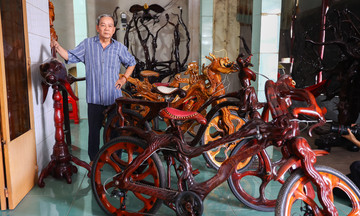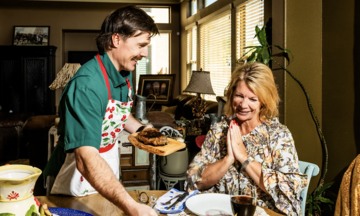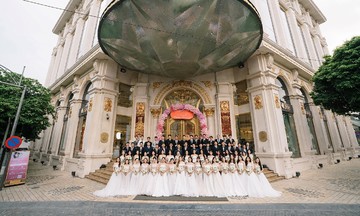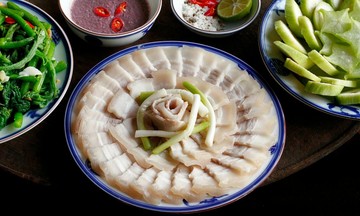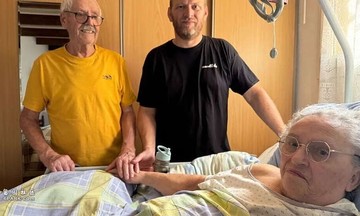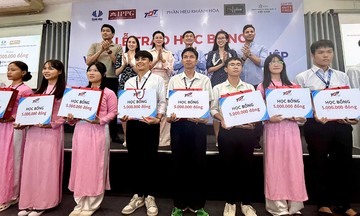His parents' rural home had been vacant for years. The 60-year-old had suggested his wife join him, but she declined, accustomed to the conveniences of city life. Their two sons, working in Tokyo, couldn't relocate.
Keiko, Yamada's wife, proposed sotsukon, a concept where the marriage is considered "complete," allowing each spouse to choose their own lifestyle. Yamada agreed, finding it simpler than divorce. He settled in the countryside, renovating the house with his pension and enjoying the peace. "I'm finally ready to start my second life," Yamada said.
Without his wife to manage the household, Yamada struggled with cooking and cleaning, relying on instant noodles and frozen vegetables. They remained in regular contact. In Tokyo, Keiko opened a craft workshop and thrived. "It seems she's very happy without me," he said.
Sotsukon (marriage graduation) describes married couples who choose to live separately while remaining legally married, pursuing individual independence and freedom.
Introduced by writer Yumiko Sugiyama in 2004, this type of marriage is gaining popularity among middle-aged and elderly Japanese couples. Those practicing sotsukon seek to improve their quality of life in later years, address differences in values, or reduce stress.
Unlike the traditional view of marriage as a lifelong commitment, sotsukon reflects a modern emphasis on individual roles and freedom.
According to a survey by the Meiji Yasuda Life Insurance Company, support for sotsukon increases with age, reaching almost 79% among women aged 60 and above. Notably, the support rate for sotsukon among elderly women is significantly higher than the divorce rate.
Experts explain that most elderly women in Japan shoulder the burden of housework and family care while their husbands dedicate their time to work.
Sotsukon is also compared to kateinai bekkyo, the practice of unhappily married couples living together but minimizing conflict by avoiding each other. Sotsukon, however, stems from mutual respect, not animosity. It doesn't sever the relationship, but reshapes it, offering a chance to "graduate" to a new life phase without regret or resentment.
"Many husbands don't even know where their underwear is kept because their wives are always ready to hand it to them," the Meiji Yasuda report stated.
This concern is echoed in a survey by architecture firm Interstation of women aged 30 to 60, where about 57% desired a "completed" marriage. When asked about the ideal timing, 35% chose their husband's retirement.
Michiko and Kenji, married for 35 years, dedicated their lives to building a traditional family. Kenji was a civil servant, and Michiko a homemaker, caring for her husband, children, and home. As their children grew up, they lived together like strangers, conversations revolving around trivial matters. Kenji continued working late, dining alone, and spending his free time watching TV, while Michiko felt a loss of purpose.
When Kenji retired, Michiko envisioned a stressful new life, dreading having to endure her husband's constant presence with his increased free time.
Initially, Kenji was surprised and confused, unwilling to divorce as he still considered Michiko his life partner. She explained it wasn't an ending, but a new chapter, a chance to live for herself and pursue missed passions.
After consideration, Kenji agreed, believing sotsukon offered freedom and mutual respect. Michiko moved to a small apartment near the city center, joining pottery classes and flower arranging clubs. Kenji remained in their house, learning to care for himself and finding new hobbies like fishing and gardening.
They stayed in touch by phone, sharing their new experiences. Their relationship, far from fracturing, deepened.
"Our marriage has graduated," Kenji said. "Now it's time to enter a new phase, living fully and true to ourselves."
Ngoc Ngan (Japan Times)




